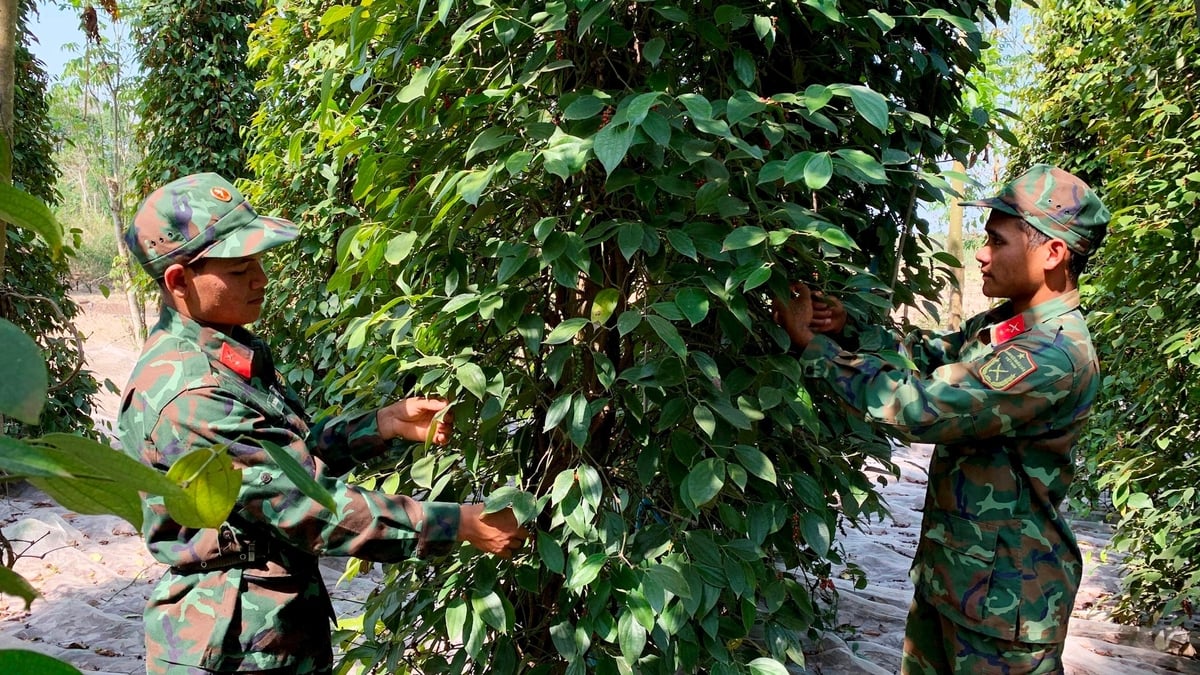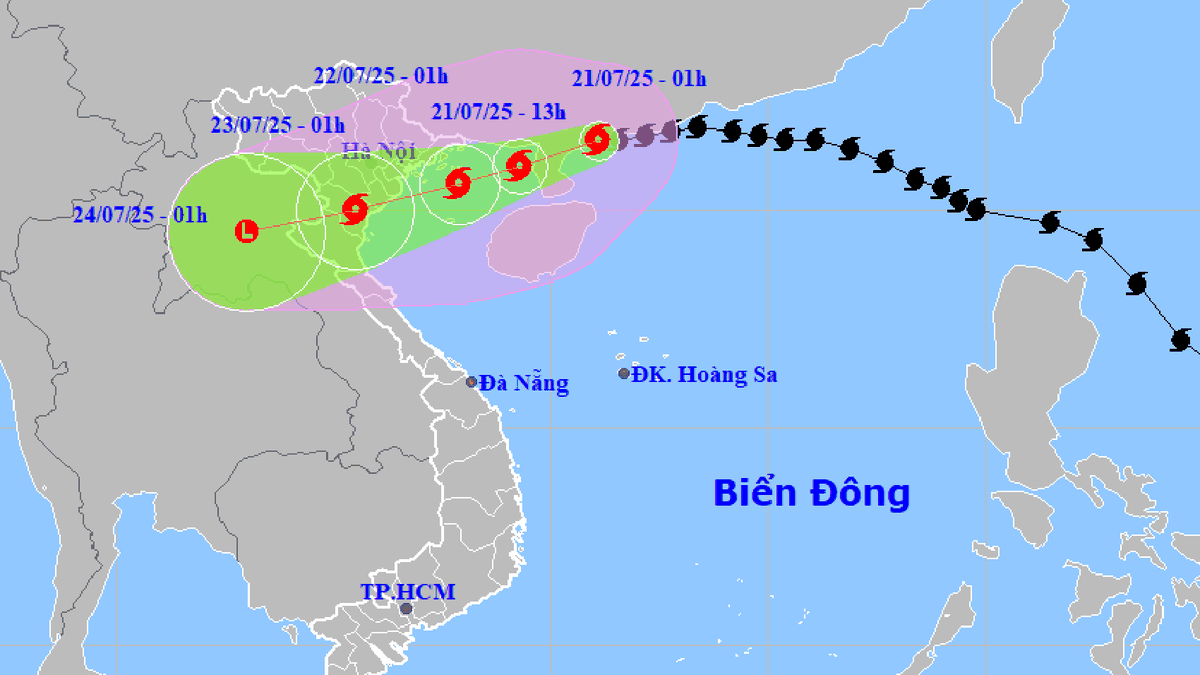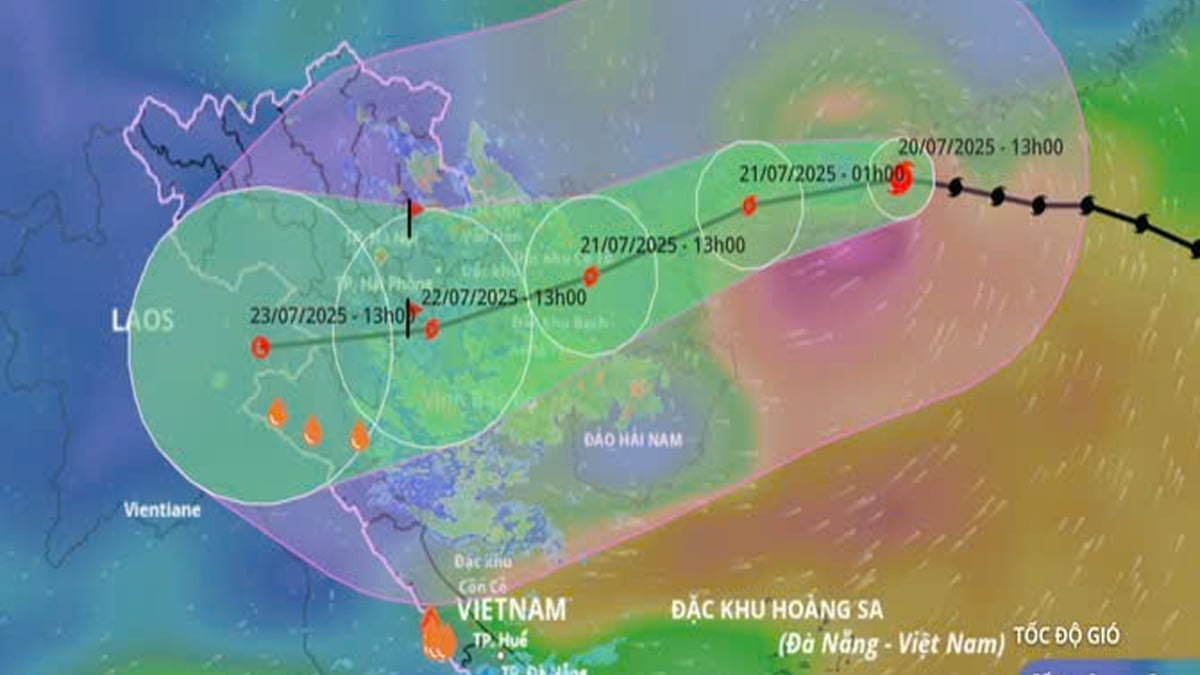* On March 23, the Democratic People's Republic of Korea tested an underwater attack drone capable of carrying nuclear warheads .
According to the Korean Central News Agency ( KCNA ), the device is designed to create a “radioactive tsunami” that can destroy enemy naval vessels and military ports. The test was conducted under the supervision of leader Kim Jong-un. Accordingly, the “Haeil” (tsunami) drone traveled underwater at a depth of 80-150m for more than 59 hours and exploded in the sea off the east coast of North Korea.
South Korea's Yonhap news agency said the device's ultimate target is a simulated seaport, set up in the waters of Hongwon Bay.
It is unclear whether North Korea has fully developed the miniaturized nuclear warheads needed to fit into its smaller weapons, according to Reuters . Analysts say perfecting smaller nuclear warheads would likely be a key goal if North Korea resumes nuclear testing.
KCNA also confirmed that on March 22, North Korea launched four Hwasal-1 and Hwasal-2 cruise missiles to practice tactical nuclear attack missions. The missiles were equipped with "test warheads simulating nuclear warheads" and flew 1,500 - 1,800km. The missile launch took place about a week after North Korea test-fired its largest and most powerful intercontinental ballistic missile, the Hwasong-17.
North Korea said its latest weapons test and military drills had no negative impact on the security of neighboring countries.
Also according to KCNA , leader Kim Jong-un directed this drone exercise and said it was a warning about North Korea's "unlimited nuclear war deterrence capability".
The Korean Peninsula is in a period of unprecedented tension as the US and South Korea have been conducting joint exercises since the beginning of the month and North Korea has been launching missiles in response. The US-South Korea joint military is currently preparing for a large-scale landing exercise on April 3.
* The US military carried out multiple airstrikes in Syria on the evening of March 23 after a drone attack on a US-led coalition base near Hasakah, northeastern Syria, killed one contractor, injured another and five US soldiers.
Reuters quoted a statement from US Defense Secretary Lloyd Austin saying that these airstrikes were conducted in response to the attack that afternoon as well as a series of recent attacks on coalition forces in Syria by groups linked to Iran's Islamic Revolutionary Guard Corps (IRGC).
* Defense News reported that Turkish Aerospace Industries ( TAI ) has just released a photo of the Anka-3 combat unmanned aerial vehicle (UAV) before its first flight. The company also said it has conducted tests on the indigenous TF-X fighter jet and the Hurjet light attack and training aircraft.
According to TAI's statement, the Anka-3 will be equipped with the same aviation infrastructure and ground control station as the ANKA drone. The Anka-3 has a maximum take-off weight of 6,500 kg and a payload of 1,200 kg, reaching a maximum altitude of over 12,000 m and can operate for 10 hours at an altitude of 9,120 m, a cruise speed of 463 km/h, and a maximum speed of 787 km/h.
The Anka-3 photo shows the UAV armed with two orange drones (which appear to be repurposed Simsek target drones). The company has not disclosed information about the Anka-3's weapons and sensor portfolio, but it is expected to have internal and external weapon bays.
TAI is developing the aircraft primarily for intelligence, reconnaissance, combat, and destruction or suppression of enemy air defenses. The company declined to provide a unit price for the Anka-3.
Today's World Military column on the People's Army Newspaper sends readers the latest information on world military security and defense activities in the past 24 hours.
MAI HUONG (performed)
Source





























![[Photo] National Assembly Chairman Tran Thanh Man visits Vietnamese Heroic Mother Ta Thi Tran](https://vphoto.vietnam.vn/thumb/1200x675/vietnam/resource/IMAGE/2025/7/20/765c0bd057dd44ad83ab89fe0255b783)


































































Comment (0)